Up Your Alley: Old-school cool at the beating heart of Bedok
Residents past and present tell us what makes Bedok special to them, from old-school eateries to its lesser-known skateboarding culture. Think your neighbourhood deserves to be featured too? Write in and tell us why.
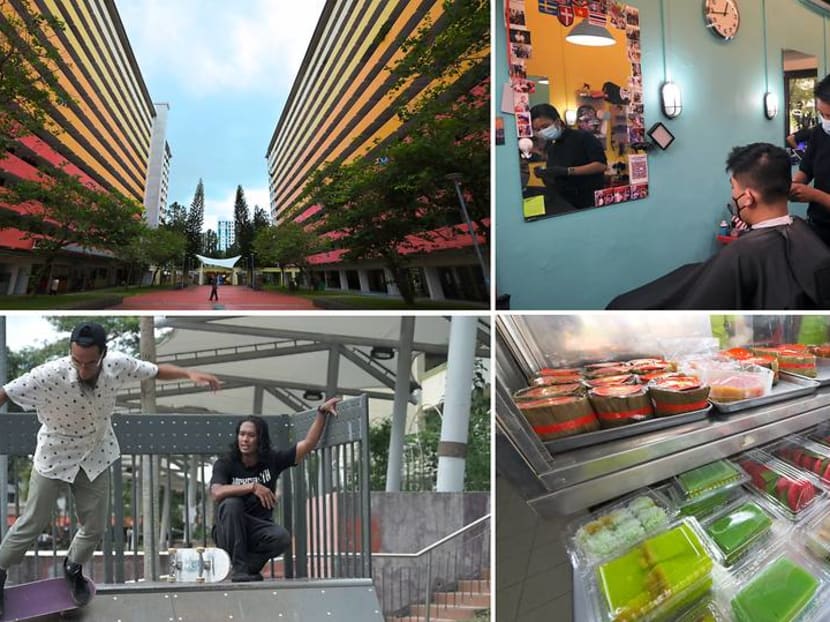
From left to right: Iconic gradient-coloured blocks 75 and 76 in Bedok North, Limpeh Barbershop, skateboarders at Eunos Harmony Hub Skate Park and various kueh at Lek Lim Nonya Cake Confectionery.
SINGAPORE: There is a chilled-out, old-school vibe to Bedok, something you can feel once you set foot in this neighbourhood in eastern Singapore.
Residents say this is a place that runs on a different tempo, jokes aside about its name alluding to a heartbeat (say "Bedok" twice and you'll get it), or to "bedoh", the Malay word for drum.
"What a lot of Eastsiders say is that we still keep it real," said former journalist and Bedok resident Kane Cunico. "It’s a lot more gentrified now. Yes, it’s a lot more affluent, it’s got a lot more hip cafes and restaurants. Katong and Joo Chiat are on steroids right now, and it's just so modern and cool, but it retains its character.
"It's not pretentious and there’s a certain sense of 'lepak-ness' (Malay for "laidback") in the East that people would testify to. Closer to the beach as well, there’s a very laidback kampung-type vibe versus Holland Village or Thomson Road, which are landlocked.
"The east has the old-world charm."
CNA speaks to him and other past and present residents to find out more about hidden gems in this character-filled locale in our latest Up Your Alley episode:
LEK LIM NONYA CAKE CONFECTIONERY: KUEH LIFE
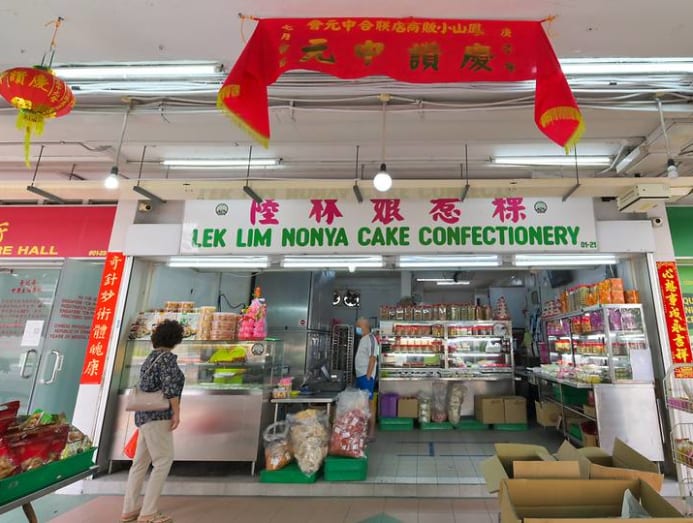
In an unassuming shophouse at 84 Bedok North Street 4 lies a nyonya kueh confectionery that has been passed down three generations.
Yet it was only fortuitous that the family even had the business to start with.
Gavan Sing, the 41-year-old proprietor, told CNA that his grandfather and mother started operations back in the 1960s, thanks to the generosity of a nyonya who painstakingly taught them all that she knew, such as kueh dadar (rolled pandan-flavoured pancake with sweetened grated coconut filling).
“Back then, nyonyas did not share their recipes. It’s like a family secret,” he explained. “This particular nyonya, she was very open-minded. She shared every recipe she knew and taught step-by-step how to do the kueh.
“That’s how my mother and grandfather learned from her and, from there, started the kampung kitchen.”
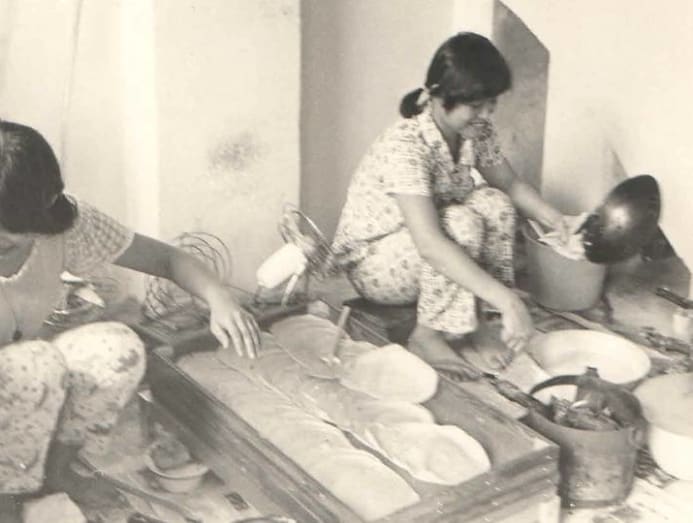
When that kitchen was forced to close, the family upped stakes and moved to its current location at Bedok North Street 4 in 1979. It's been home to Lek Lim Nonya Cake Confectionery ever since, said Gavan.
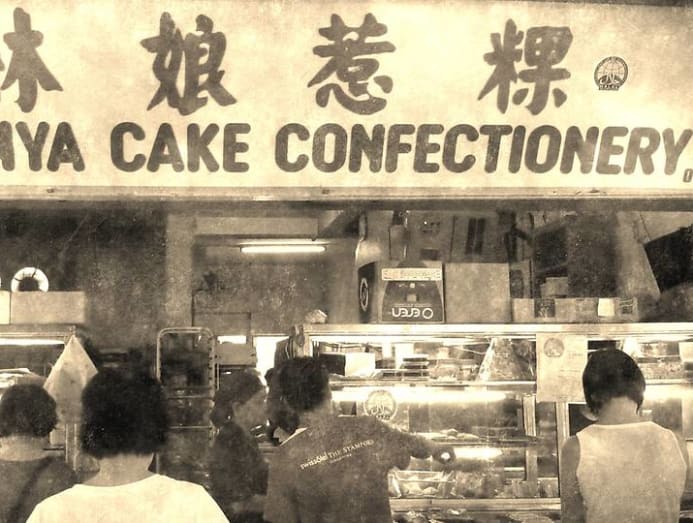
Its offerings have widened through the years - from kueh dadar and fiery red ang ku kueh to the colourful, multi-layered kueh lapis - to preserve the popularity of these kueh.
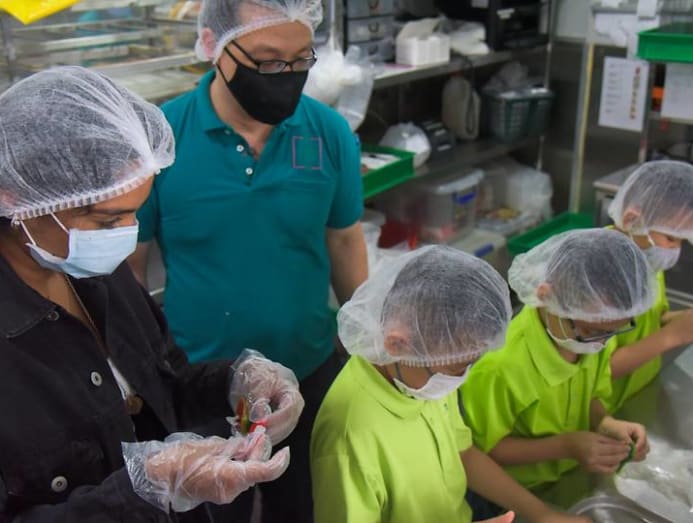
Gavan said the younger generation is less inclined to eat kueh today because certain traditional practices, such as grandparents giving such sweet treats to their grandchildren who help with chores, are dying out.
But he hopes the confectionery’s tried-and-tested recipes will eventually win out and acquire a new generation of kueh lovers. “We do what we do best which is to provide good kueh for the residents and what I hope is that it does add to the flavour (of Bedok),” Gavan said.
BEDOK RESERVOIR: FOUNT OF MEMORIES
Despite Bedok's apparent old-world charm, change, it appears, is a constant for those who live there.
And there’s no one better to recount these changes to the neighbourhood than 74-year-old Yeo Hong Eng, who has lived there his whole life, starting at Tanah Merah Kechil, where he spent his childhood years after the Japanese Occupation.
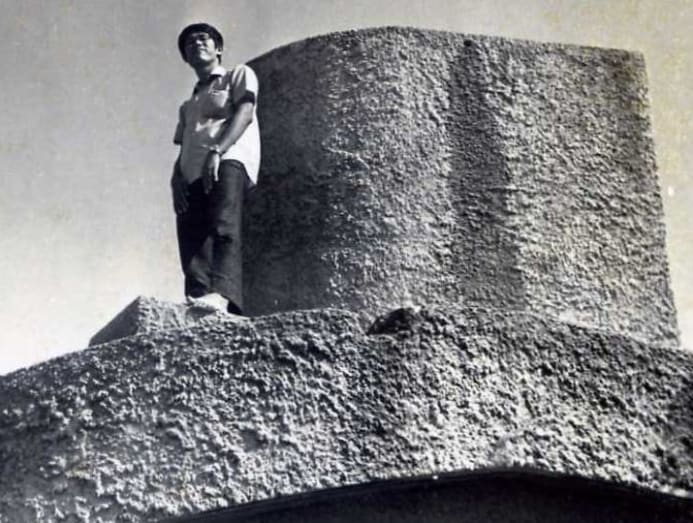
Growing up, Yeo saw traces of World War II in the pillboxes and former massacre sites, farms, coconut and rambutan estates, streams and a hilly landscape boasting views of sprawling valleys.
“When we were young, we used to go up the ridge and look down. It was beautiful when you looked down into the meadows,” he recalled.
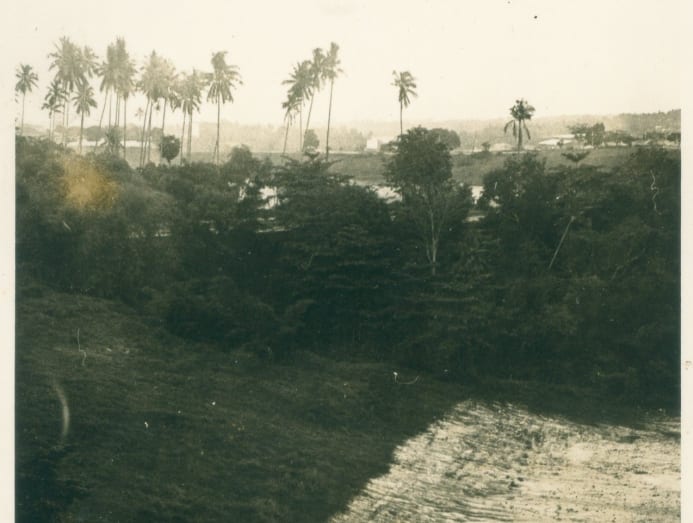
By the 1960s, land reclamation work had started. It would strip the town of its natural peaks and valleys, but did not rob the place completely of its beauty. Sand, at that time, was in demand and the original hill where Bedok Canal is today was brought down to facilitate the excavation.
“They dug so deep it became 5m below sea level!” Yeo said, as he looked out at the water body.
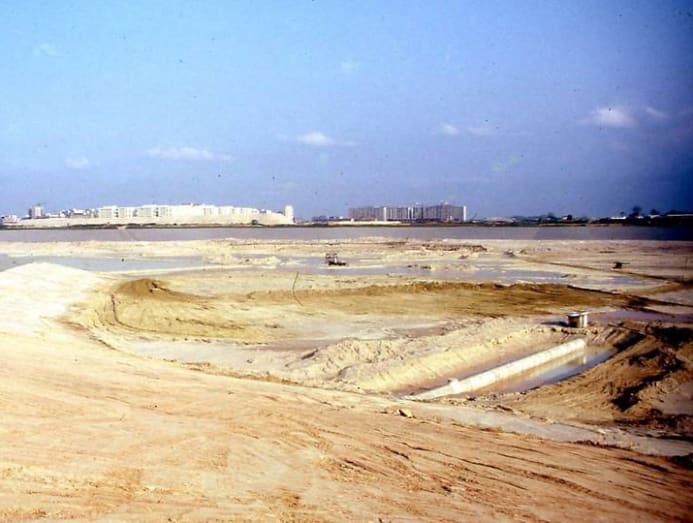
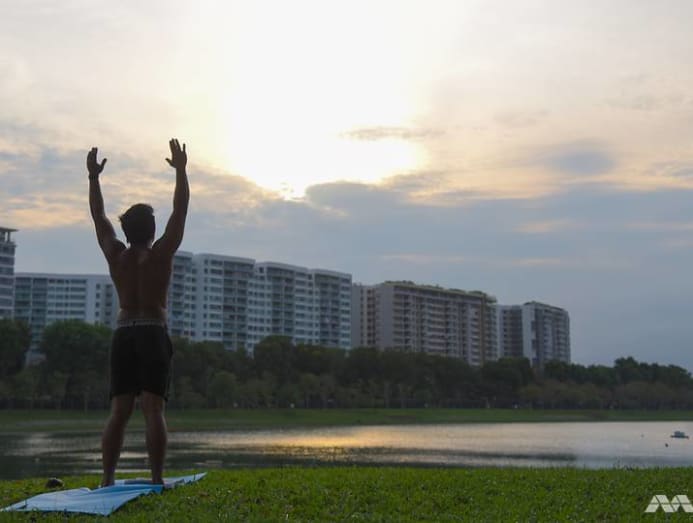
Despite the changes over the years, the neighbourhood remains dear to him. So much so the septuagenarian penned his memories in a book titled The Little Red Cliff (the literal translation of Tanah Merah Kechil) to share his memories with the younger generation.
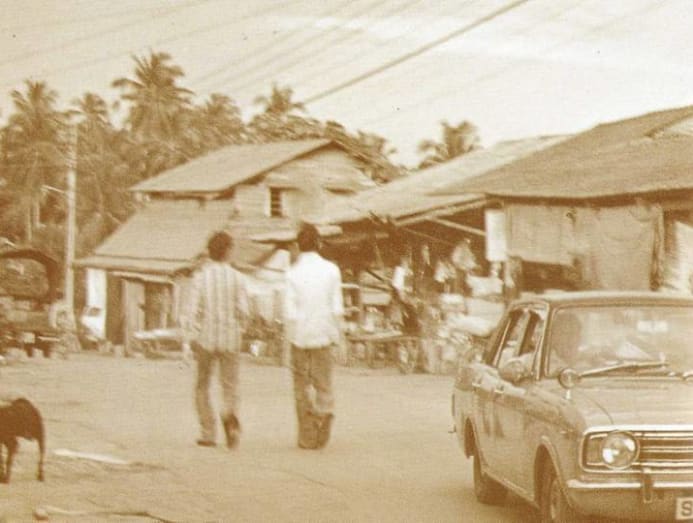
“When you grow up in the area, you tend to have an attachment to it. These early memories you can never erase from my mind.”
HUA YU WEE RESTAURANT: WHERE TIME STANDS STILL
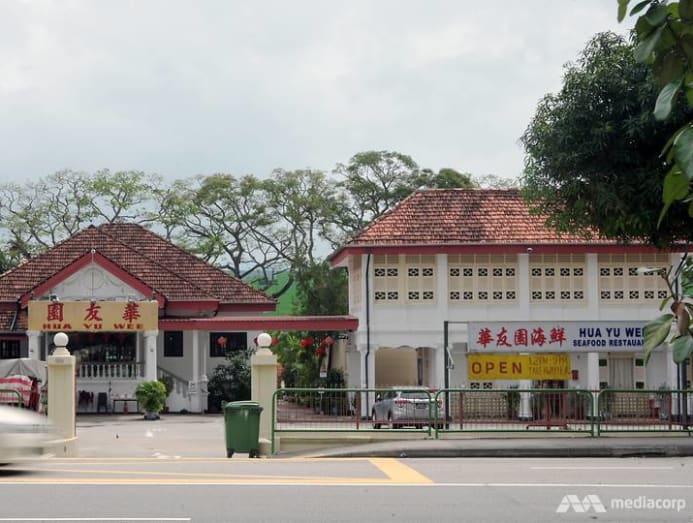
At another spot in Bedok stands a seafood restaurant seemingly untouched by time or tide.
Hua Yu Wee, at Upper East Coast Road, is housed in an unassuming pre-war bungalow with a gated compound and parking area which fills up in the evenings as cars line up to grab a spot.
The jostling for space is not unfamiliar to 41-year-old Kane, whose family has been frequenting the restaurant since he was a boy. And its charm has grown on him over the years, particularly as things like the old hopscotch squares where he used to play at during his childhood visits remain intact.
“Hua Yu Wee was really packed, (had) neon lights and people could smoke indoors. It was like old-school Singapore, up until at least the early 1990s,” he said, recalling the sea of cars that used to line both sides of the street as they waited to turn into the compound.
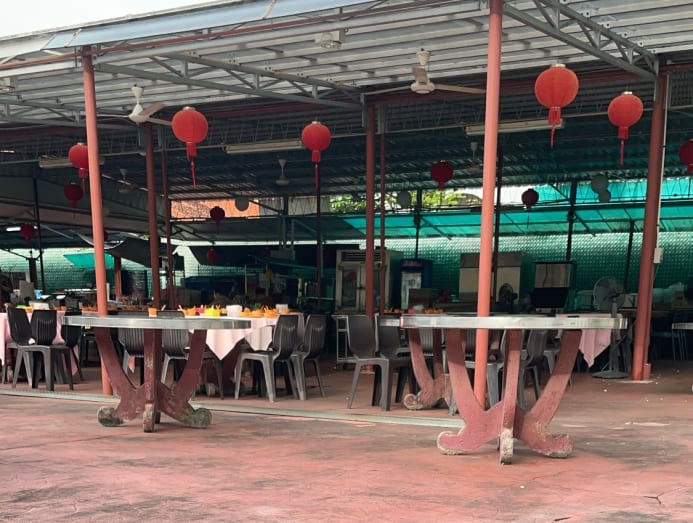
Today, everything remains the same to him, except indoor smoking is no longer allowed, he pointed out.
The restaurant also embodies the spirit of the east, retaining its old-school vibes and sticking with its location instead of moving to somewhere swankier.
"If you are an Eastsider, you appreciate different things here, but it is centered around food," said Kane. "It’s all about food in the East."
And Hua Yu Wee still pulls in the crowds, with patrons who are both locals and expatriates. “To me, I don’t think of it as a Chinese seafood restaurant; I just think it’s this really nice melting pot where time stands still,” he said.
BEDOK’S SKATER BOYS
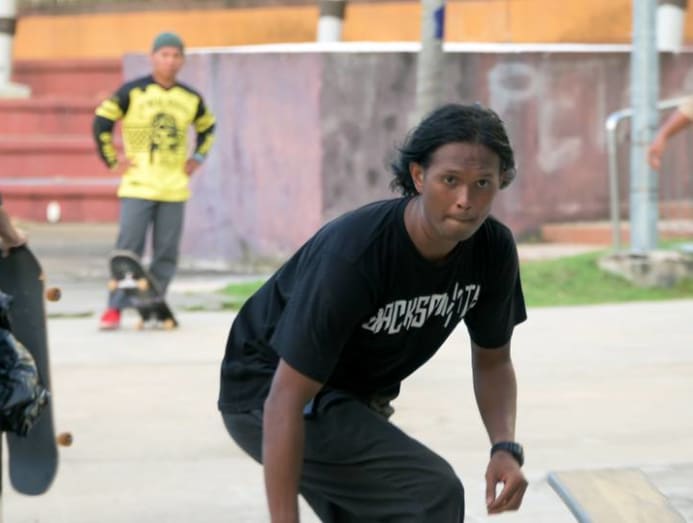
Did you know Bedok had a thriving skateboarding scene in the early 2000s?
It was so much of a draw, Mohamad Hafiz (“Bolo” to his friends), a secondary school student when he was first introduced to the sport, thought up ways and means to stay in the neighbourhood.
“I didn’t live in Bedok, but I wanted to stay (there) because my friends were all in Bedok. So I have an aunt who stays in Bedok and I went to her and said: ‘Please can I stay in your house so I can skate during my holidays here’,” he recounted.
It was also in Bedok that he found his crew, who taught him the ropes in the various skate parks in the town then. He had previously picked up tricks like the “ollie” (leaping in the air on the board without holding on to it) using skateboards sold at Toys ‘R’ Us.
More than two decades on, he is both an avid skateboarder and coach for adults and children alike.
Standing at the Eunos Harmony Hub Skate Park, the last remaining skate park in Bedok, Hafiz was joined by RunBDK – a group of skateboarders and lifelong friends drawn to the neighbourhood.
“We are known as the Bedok boys, but initially we needed an identity to represent ourselves so we used RunBDK. (It) was formed 15 years ago and had 20-plus members initially,” said one of the core members of the group, Ahmad Faizal.
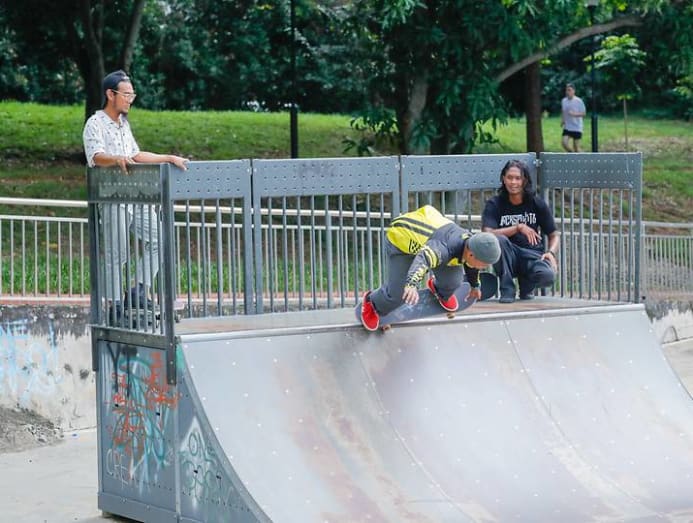
“I felt there was a need to form a group because (while) skateboarding is about individualism, I think we function better as a group. Ever since then, we’ve been participating in competitions … and been around the world entering competitions and filming videos to contribute to the community," the 32-year-old said.
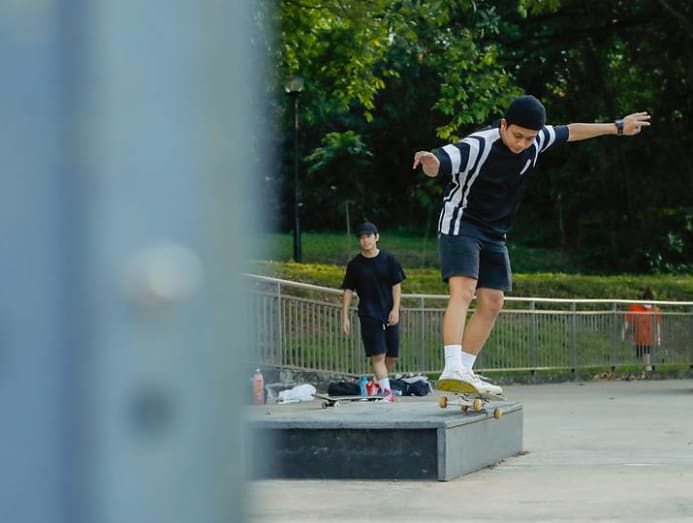
But it’s not just the sport that encapsulates Bedok’s skateboarding culture.
Ahmad explained: “It has evolved into many other areas like music, hip hop culture, rock culture and different kinds of co-activities that relate to it … the way we see it, Bedok is not just about skateboarding - it’s a culture.”
Even as they reminisce about the past, Hafiz acknowledged that this culture is no longer as strong and pervasive as it used to be.
Hafiz recalled that Heartbeat@Bedok used to be Bedok Adventure Park, a stomping ground for skateboarders as it had wooden obstacles and a skating bowl for those who love extreme sports. “I think there were four or five skate parks in Bedok, but not any more now because there’s a big skate park in East Coast,” he said.
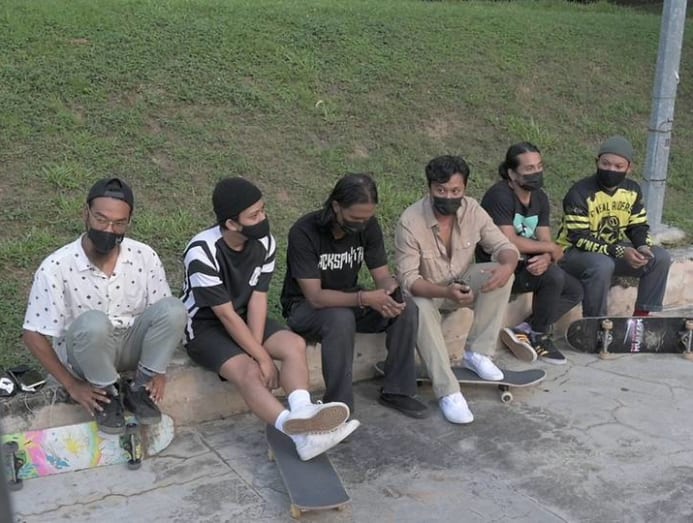
“This sport is not about competition, it’s about having fun with the circle,” said 31-year-old Muhammad Firly, another member of RunBDK.
“It’s about friendship and brotherhood. (Without skateboarding), I’d probably be out in the streets doing illegal stuff … It’s not really a good neighbourhood, but we make good out of it.”
LIMPEH BARBERSHOP: CUTTING THROUGH STEREOTYPES
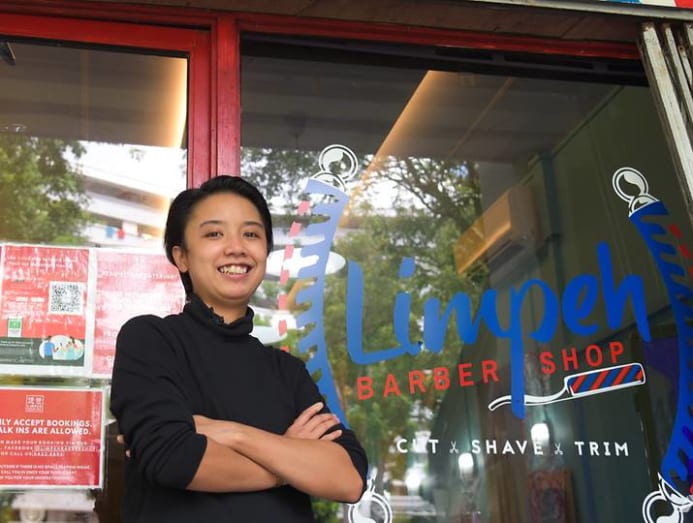
As some strive to retain their hard-earned identities, there are others in Bedok forging new ones. Siti Rafidah, a 28-year-old barber and budding entrepreneur, is one such candidate.
Her business, Limpeh Barbershop, has shaken up what most consider as a staid, male-dominated industry. The shop located at 537 Bedok North Street 3 gives off a retro vibe with its eye-catching interior and lights.
Much like her business, she's not afraid to upend the established order.
“When I use (the name) Limpeh Barbershop, people will always expect a shop with Chinese barbers – the stereotypes are always there,” said Rafidah, who switched from being a graphic designer to men’s grooming to pursue her interest.
“I’ll explain that that’s the reason why I named it Limpeh Barbershop. I want you to come into the shop and not have any expectations … be open to expecting quality haircuts, but not expecting a particular person of a particular race to give you that haircut,” she added.
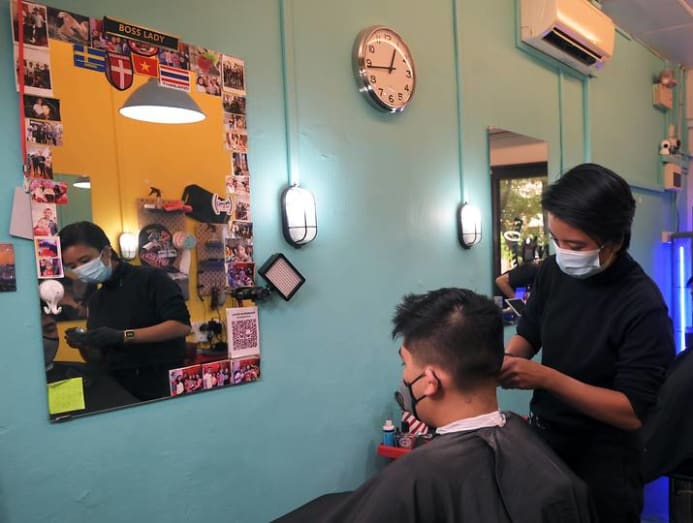
Rafidah also had her work cut out for her as a female barber in a male-dominated trade.
“For the longest time, if I have new customers, they will usually judge me (as) a female barber. I know that at the back of their minds, they’re thinking: ‘Can this lady cut my hair like how I usually get my hair cut from a male barber?’”
“I don’t fight against what they believe. But if I show what I can do, they will definitely change the way they think,” she added.
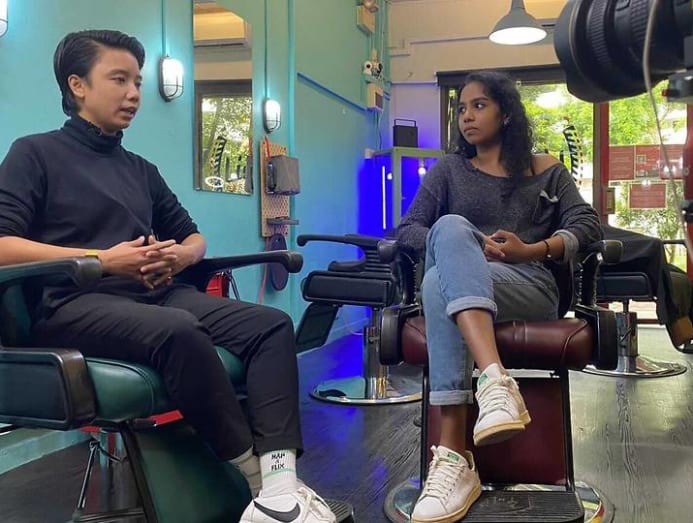
Beyond breaking stereotypes, the long-time Bedok resident also desires to do more for the youths in the neighbourhood.
Growing up, Rafidah said she saw “things that kids shouldn’t know of” like drugs and the peddling of illegal goods. To prevent today’s youth from going astray, she would invite some of them for a free haircut and use the time to offer advice and provide a positive influence for them. This has in turn allowed them to open up to her with their challenges.
“Kids nowadays, they tend to mix with the wrong company, so when you have more shops that are hip, more shops that are relatable to them, they tend to want to stay in the neighbourhood,” she said.
“The haircut is a secondary thing. To me, it’s just a bridge to get to know people. So my responsibility is if kids come in, and they come from a broken family, I want to make a difference to them (and show) that there’s hope in life."
She added: “Doesn’t mean that if you come from a broken family you have to be broken forever.”
Now it's your turn. We'd like you to tell us what's Up Your Alley. What is it that makes your neighbourhood unique? What are the places visitors may not notice at first glance, but are a unique and intrinsic part of the estate you know and love?
Write to us at digitalnews [at] mediacorp.com.sg or message us on Instagram or Facebook. Tell us about some of your favourite spots or about a person who embodies the spirit of the area.
We look forward to hearing from you!





